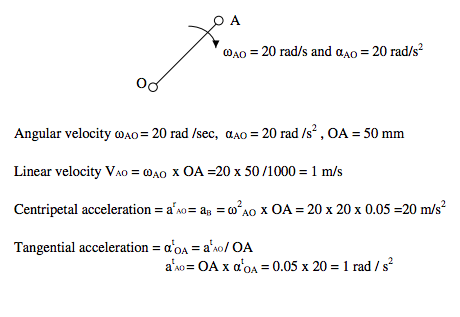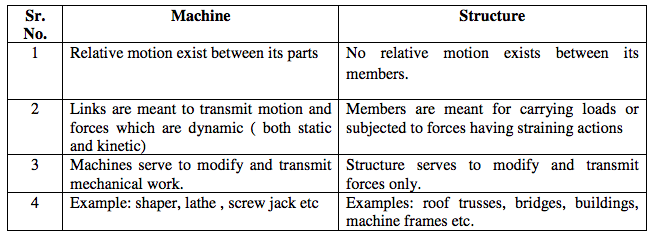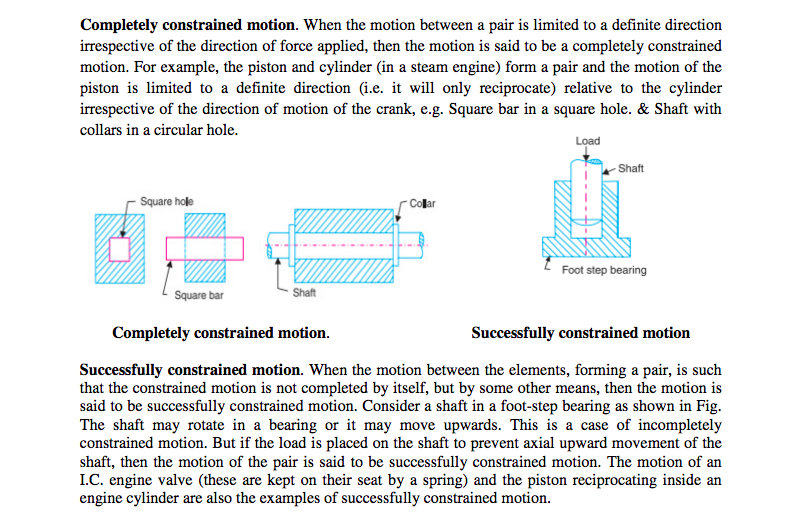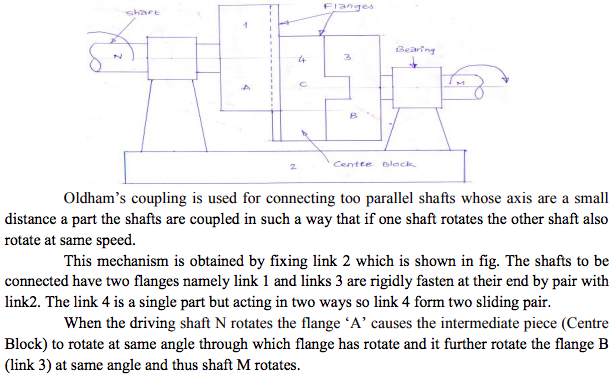Define completely constrained motion and successfully constrained motion with neat sketch. State one example of each.
a) 1. Completely constrained motion: When the motion between a pair is limited to a definite direction irrespective of the direction of force applied, then the motion is said to be a completely constrained motion. For example, the piston and cylinder (in a steam engine) form a pair and the motion of the piston is limited to a definite direction (i.e.it will only reciprocate) relative to the cylinder irrespective of the direction of motion of the crank. Examples: 1. The motion of a square bar in a square hole 2. the motion of a shaft with collars at each end in a circular hole,





